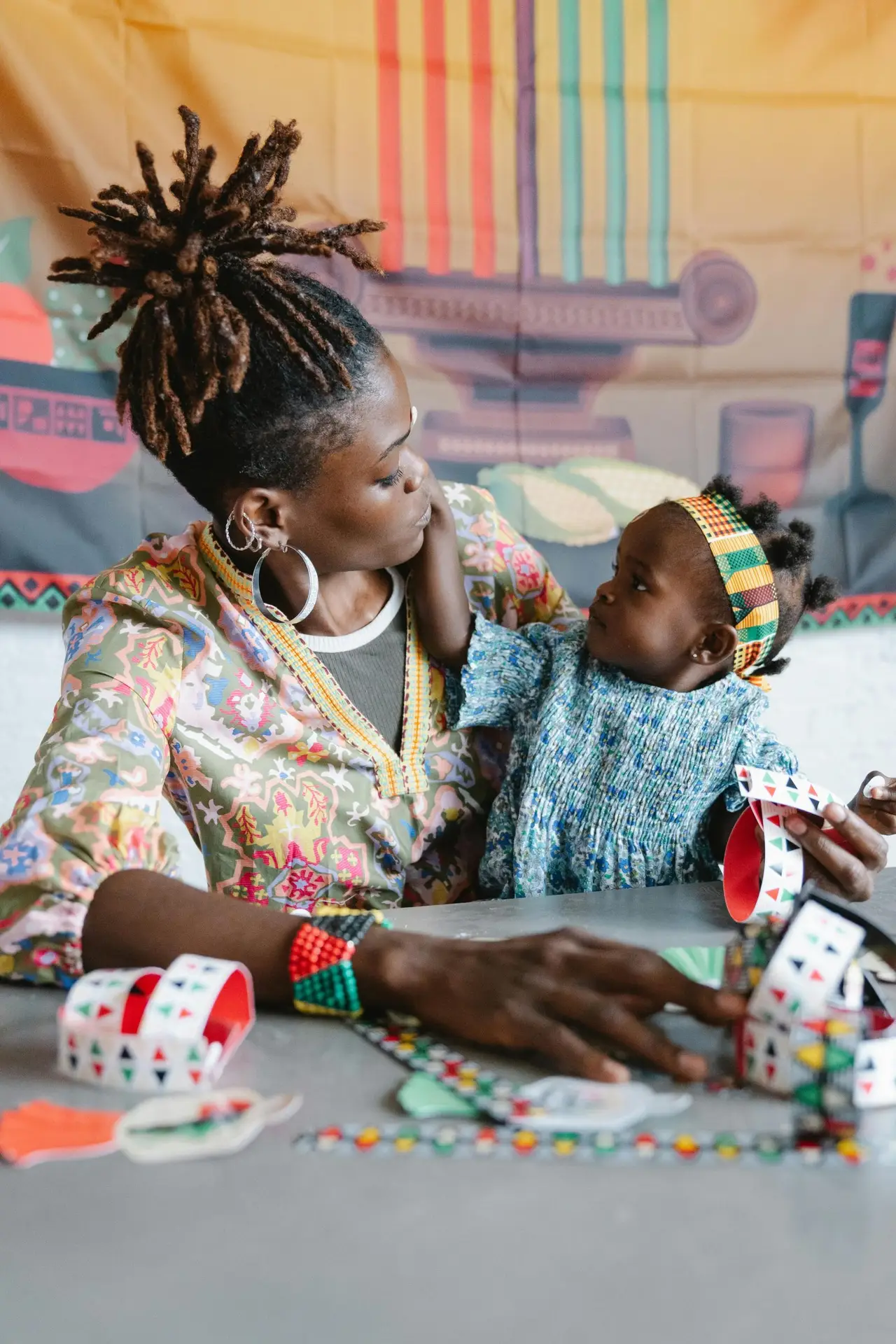
Nature, Nurture, and the Art of Raising a Thriving Child

This past week, I had the rare opportunity to closely observe my niece and her grandmother interact. What struck me most wasn’t just the love they shared but the undeniable evidence of nature at play. Whether we like it or not, we pass on more than just our genes—we pass on tendencies, patterns, and emotional responses.
I remember my grandmother and niece’s great-grandmother, and it’s remarkable to see the thread of resemblance weaving through generations. Not just in facial features—though my niece strongly resembles my mother, who looks like her mother—but also in how they behave when frustrated.
My niece is barely 20 months old, yet I see my mother and grandmother in some of her reactions. When she struggles to wear her slippers and can’t quite get her foot in, she doesn’t simply move on. She picks them up, throws them down, picks them up again, and repeats the cycle—growing increasingly agitated. She kicks, flails, and reacts with a frustration that is all too familiar. One might say, “That’s just what children do.” But we also know children who respond differently.
Beyond this, she is fearless—climbing anything she can reach. Unlike me, who flinches at the thought of a child scaling furniture, she sees no danger, only a challenge to conquer. And no matter how closely I watch her, she’s already climbing again the moment I turn my back.
Watching her has deepened my understanding of how nature gifts us with replicas of ourselves, but nurturing shapes what becomes of those gifts. The truth is, raising a child shouldn’t be about forcing them into a mould of conformity. What is considered “normal” today may be a burden tomorrow. Instead, it should be about instilling values that allow them to thrive in three essential domains:
1. Affective (Emotional Awareness & Regulation): Teaching children to recognise, process, and express emotions in healthy ways rather than suppressing or being consumed by them.
2. Behavioural (Actions & Responses): Helping them develop constructive habits that foster resilience, discipline, and adaptability.
3. Cognitive (Thinking & Understanding): Encouraging curiosity, problem-solving, and critical thinking so they can confidently navigate the world.
READ MORE: Trauma, Difficult Experiences, and the Hope for Healing
The Responsibility of Nurture
Nature gives us a foundation, but nurture determines how strong the structure becomes. If a child is naturally strong-willed, do we suppress it or guide them toward using that trait for leadership and problem-solving? If they inherit an anxious disposition, do we shame them for it or equip them with tools to manage stress?
Parenting, and by extension, society’s role in shaping young minds, is about creating an environment where inherited traits—strengths and challenges—are nurtured in ways that promote growth rather than limitation.
Watching my niece reminds me of this responsibility. She is a mix of generations before her, but she is also her own person, with the potential to become more than the sum of her inherited traits. It is up to those of us guiding her to ensure that she has the emotional intelligence, resilience, and confidence to make the most of what nature has given her.
After all, what we pass down is inevitable. What we nurture, on the other hand, is a choice.
About The Author
Related Articles
Surviving Poverty Through Pollution: A Day in the Life of Adamawa Bola Boys
Before leaving Lagos, I was sure that I had left behind memories like...
ByBankole Taiwo JamesNovember 20, 2025Niger: National Guard Organizes Blood Donation Drive to Support Health Services
The National Guard of Niger (GNN) launched a major blood donation campaign...
ByWest Africa WeeklyNovember 13, 2025Mali: President Goïta Launches Landmark Hospital Development Programme
President Assimi Goïta has unveiled an ambitious national initiative to transform Mali’s...
ByWest Africa WeeklyNovember 12, 2025Burkina Faso Launches First Emergency Medical Service in Bobo-Dioulasso
Burkina Faso has officially launched its Emergency Medical Assistance Service (SAMU) in...
ByWest Africa WeeklyNovember 10, 2025












Leave a comment